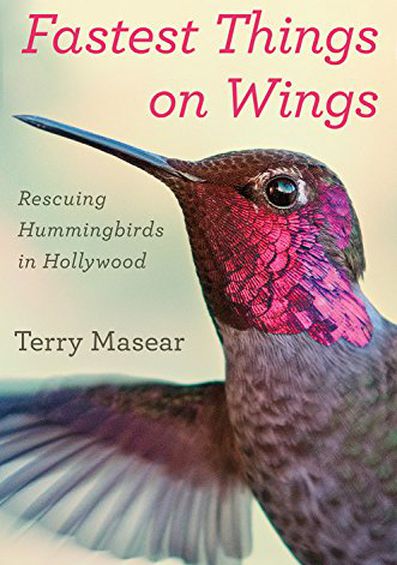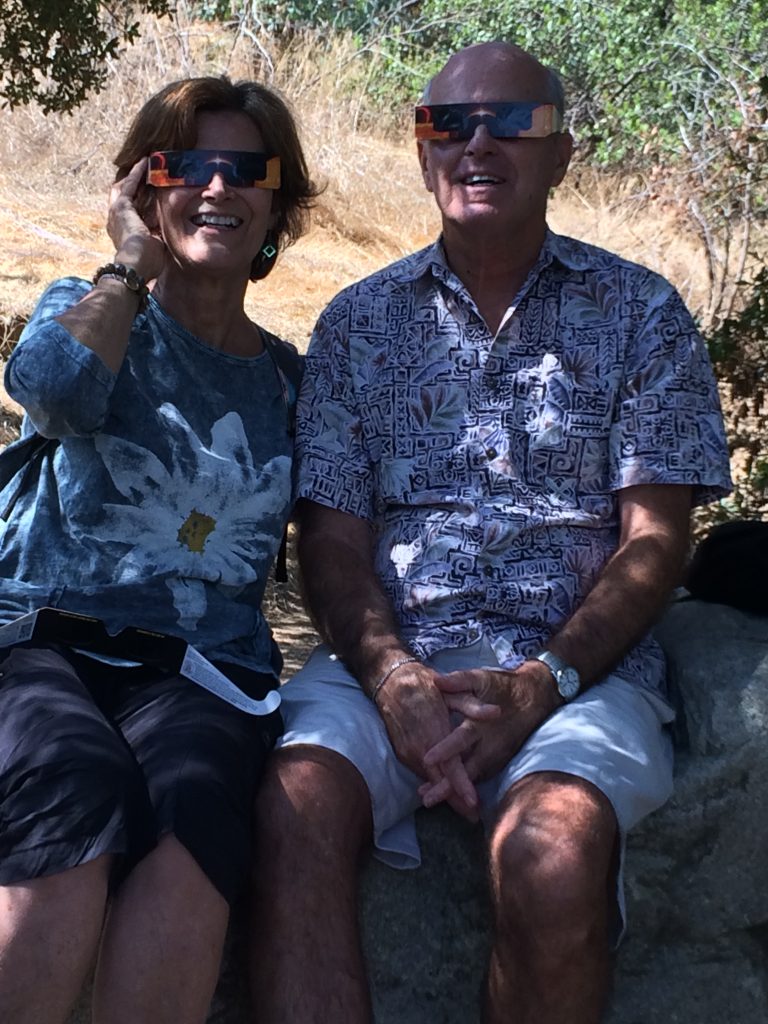
Watching Eclipse, Descanso Gardens, La Canada, California, 8.21.17
When Jim and I watched the eclipse August 21 from Hope Rock high above Descanso Gardens with our friend Brian, friends of ours were in Oregon watching the same grand show. The first coast-to-coast solar eclipse in the U.S. in nearly a century had created anticipation and enthusiasm throughout our country.
Regardless of where we viewed the eclipse, we experienced delight and awe as the sun disappeared bite by bite as if the moon was devouring a delicious chocolate chip cookie when it glided between the earth and sun.
We lent our ISO-CE eclipse sunglasses to others in the Gardens who didn’t have them so they could enjoy the view too. What was extra special about the Great American Eclipse was not just the marvel happening above us but the joy of witnessing it with others.
Adventurous Chris drove to Oregon and hiked above the Snake River in Hells Canyon. Along with a French astronomer and other interested campers, he enjoyed the moon shadow cast across the Snake River. This QuickTime video was shot looking southeast on the Oregon side of the river. Idaho is in the background. He captured the shadow with his Canon Power Shot SD8SOIS. You can hear the excitement, the wind and the exhilaration. Their viewing highlights included seeing solar flares, Venus, Mars and experiencing a 20- degree drop in the temperature.
Our friends, Janice and Dick, viewed the eclipse in Lebanon, Oregon at Cheadle Lake Park. Driving two hours in the dark from Rosenberg, Oregon, they were first in line to enter the park. Four hours later they were thrilled to watch the moon “eat” the sun until it was dark again for two magical minutes.
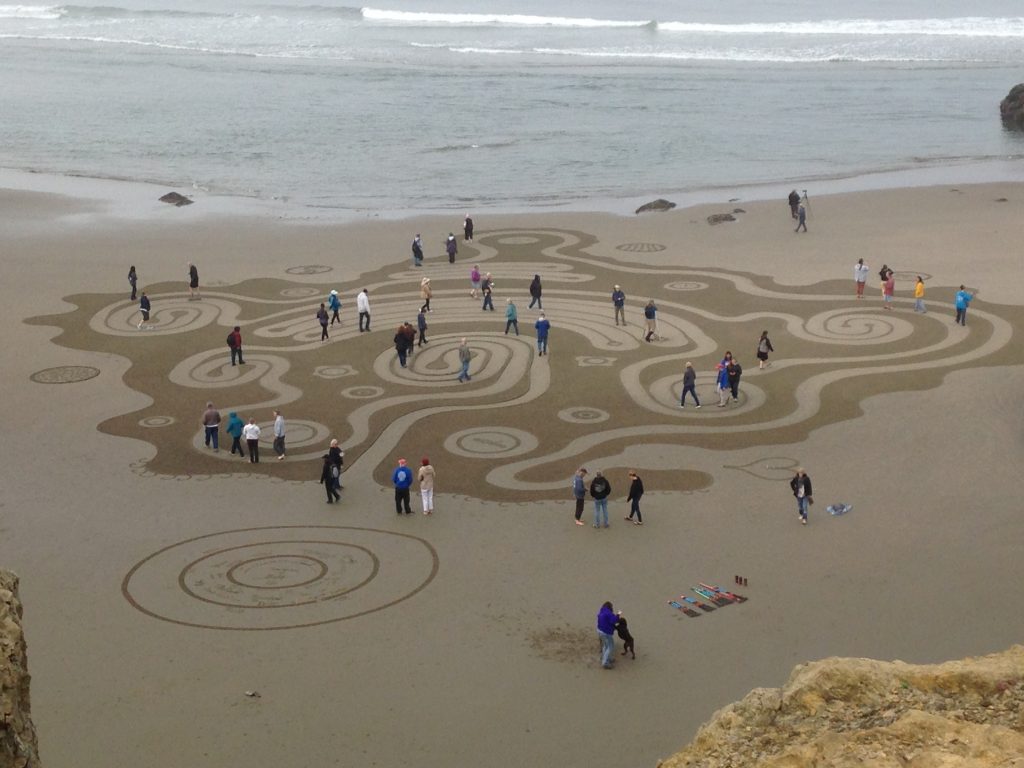
Circles in the Sand, Bandon, Oregon. Photo by Janice Gilden
On the drive home, they stopped in Bandon, Oregon and were surprised to find sand circles on a beach. Artist Denny Dyke creates the “circles in the sand” and designs a new maze each day for 5 days during each week of summer. Janice took the photos with her iPhone 5C.
Volunteers help curve the labyrinth and people walk the twists and turns of the sandy path, perhaps reflecting on where they are truly going. About two hours after the sand circle is completed, it’s washed to sea as the tide returns. And a new one is created the next day.
The eclipse offered so many things: celestial spectacle, beauty, wonder, and a sense of universal order as the earth, moon and sun align…and, for some, welcoming sand beneath their feet on a beautiful beach in Oregon.

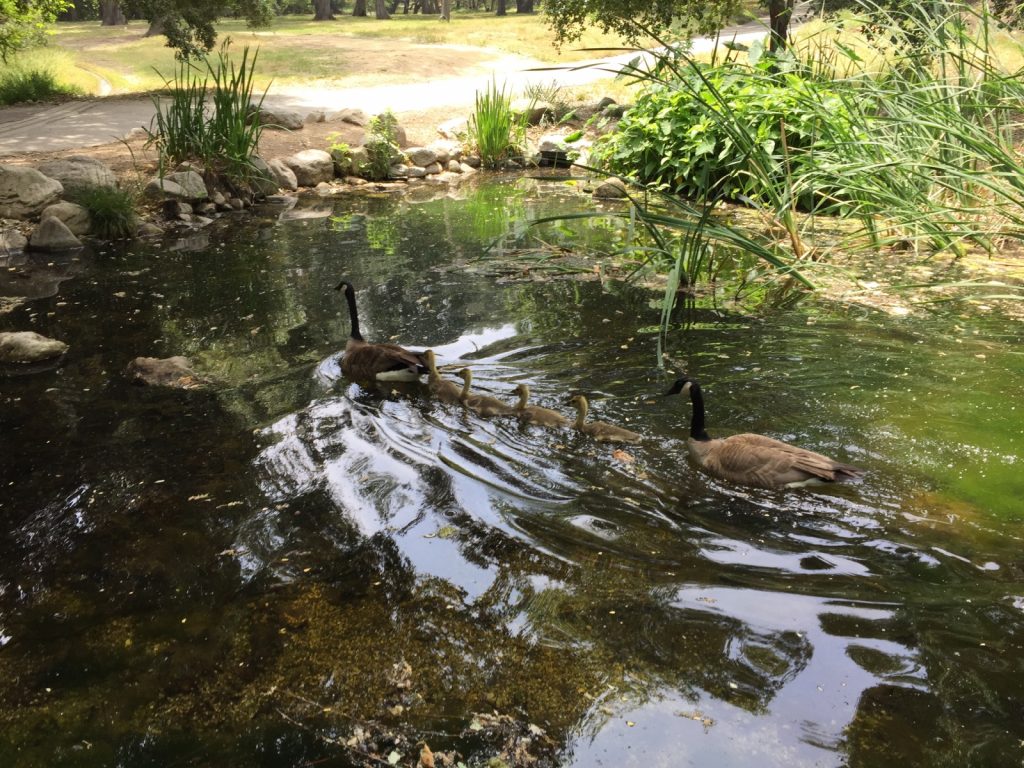

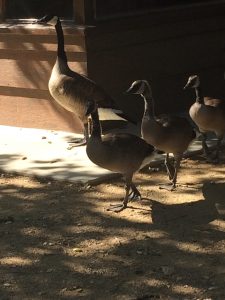



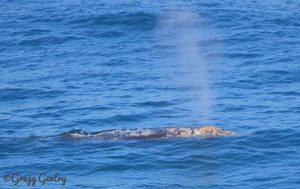 Bring a picnic, a pair of binoculars and have a whale of a day!
Bring a picnic, a pair of binoculars and have a whale of a day!

